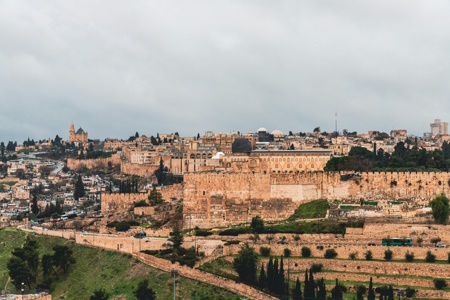As reported in Bible History Daily from the Biblical Archaeology Society, a recent discovery has unearthed, literally, a stamped clay bulla bearing the seal of King Hezekiah.
From the article:
“The royal seal of King Hezekiah in the Bible was found in an archaeological excavation. The stamped clay seal, also known as a bulla, was discovered in the Ophel excavations led by Dr. Eilat Mazar at the foot of the southern wall of the Temple Mount in Jerusalem. The discovery was announced in a press release by the Hebrew University of Jerusalem’s Institute of Archaeology, under whose auspices the excavations were conducted...
…Who Was King Hezekiah in the Bible?
King Hezekiah in the Bible, son and successor of Ahaz and the 13th king of Judah (reigning c. 715–686 B.C.E.), was known for his religious reforms and attempts to gain independence from the Assyrians.“
As always, Bible Rebel keeps a watchdog’s eye on the latest news from the world of biblical archaeology and brings it to our readers. Stay tuned.


